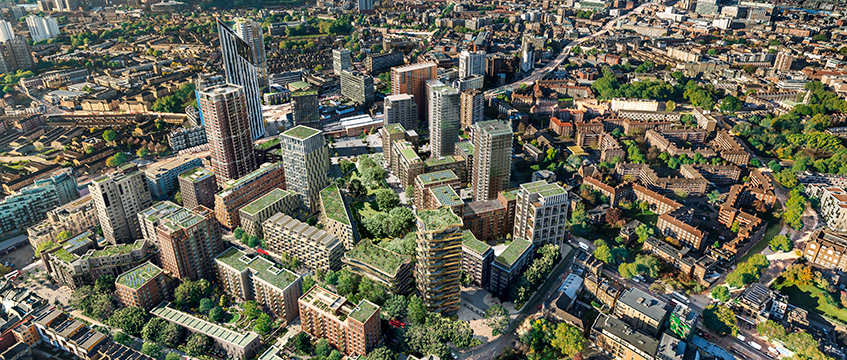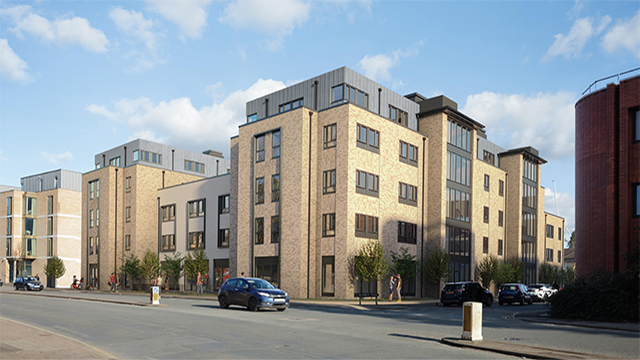The Heygate Estate is no longer the elephant in the room
It is safe to say that Southwark council and Lendlease’s redevelopment of the Heygate Estate and a large chunk of Elephant & Castle, SE1, has been a learning process.
Since the selection of Lendlease in 2007, it has arguably become one of the most high-profile estate regeneration projects in the country, synonymous with the issues and attempted reforms in the sector.
A sink estate on the edge of Zone 1, the Heygate and Elephant itself were ripe for redevelopment.
It is safe to say that Southwark council and Lendlease’s redevelopment of the Heygate Estate and a large chunk of Elephant & Castle, SE1, has been a learning process.
Since the selection of Lendlease in 2007, it has arguably become one of the most high-profile estate regeneration projects in the country, synonymous with the issues and attempted reforms in the sector.
A sink estate on the edge of Zone 1, the Heygate and Elephant itself were ripe for redevelopment.
After the signing of the development agreement in 2010, the pair received planning for more than 3,000 homes and 50 shops and restaurants, demolished the estate and had input into a major reorientation of the area’s road network.
But against this, residents of the former estate formed the 35% Campaign, which attracted high-profile political and media support.
Outrage was centred around the 1,212 affordable homes on the estate being replaced with just 596, and the number of social rented homes, according to the 35% Campaign, dropping below 100.
Lack of clarity around the scheme’s viability assessment led to a massive FOI battle by Adrian Glasspool.
And after three years of appeals and tribunals, it was finally revealed in 2015 – albeit still heavily redacted – and was criticised for its logic behind affordable housing provision.
According to the 35% Campaign, the case triggered decisions to disclose viability information for large schemes, including Earls Court and Greenwich Peninsula. Estate regeneration and viability assessment rules have also changed.
Without dialogue and collaboration between Lendlease and Southwark council, all of this could have led to the £2.3bn partnership being canned, and 28 acres of Elephant & Castle still being argued over.
Rob Heasman, development director at Lendlease, said: “Any large urban regeneration project is difficult to get off the ground and start.
“Since 2010, when Lendlease and Southwark sealed the deal, we have had nothing but clarity of communication with Southwark, being very clear what it did and did not want.
“No ambiguity has helped this project get off the ground. Issues are dealt with very openly on the table, something we may like or not like is dealt with very clearly.”
Four years after construction began, 1,000 homes are now built and occupied, while 600 more are under construction.
To push on with the project and get construction off the ground, especially as the inner London residential market headed south, can be seen as major achievement, and a testament to the co-operation between the two partners.
And while the number of affordable homes is less than it was before, those provided are tenure-blind, meaning they are fully integrated into the development.
The other major win can be seen through the successful repositioning of Elephant & Castle and its deeply unpopular gyratory system.
And while construction has been ongoing, meanwhile uses have included the Artworks Elephant and Southwark Construction Skills Centre.
Without a lot of collaboration between Southwark and Lendlease, the scheme could well be still on the drawing board.
[caption id="attachment_894831" align="aligncenter" width="847"] Elephant Park[/caption]











